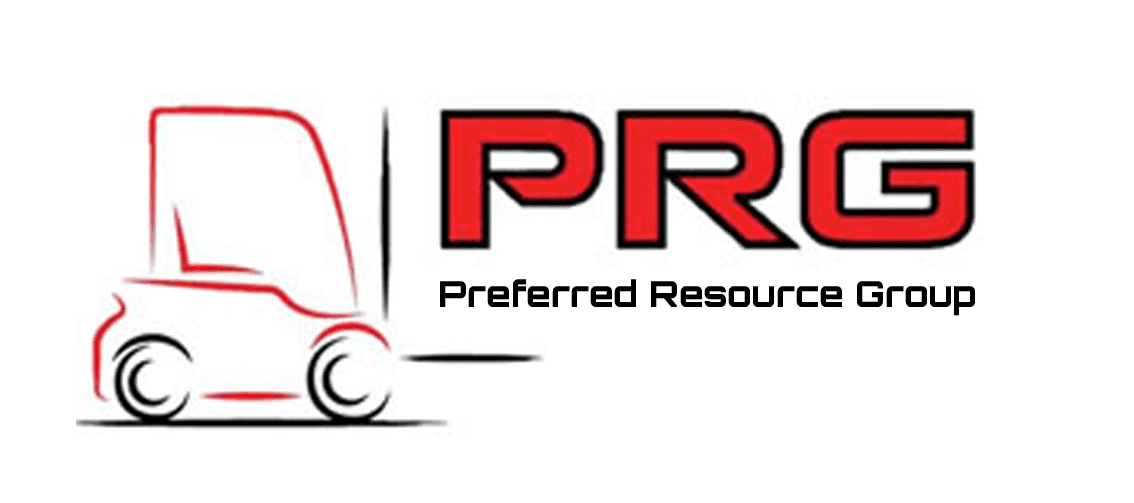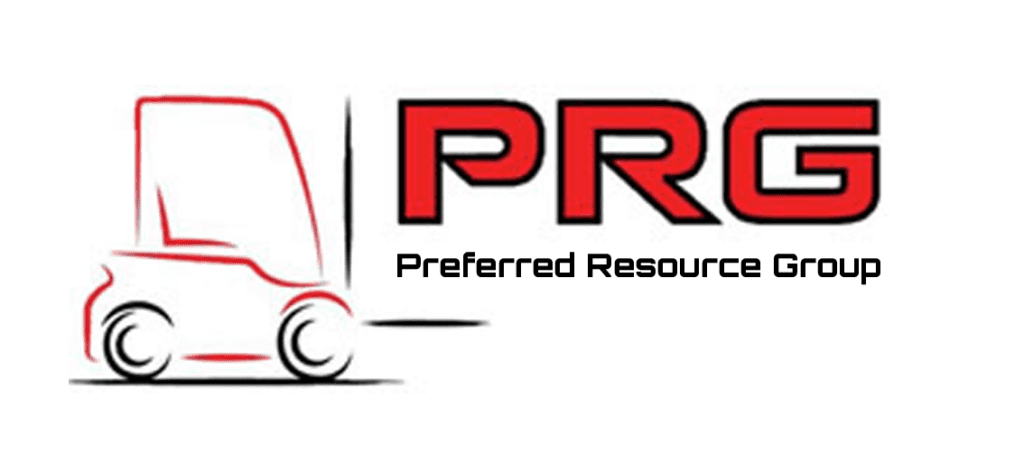Your ability to be productive in any industrial process might be determined by the equipment you use. One crucial piece of machinery that is required in most industries is the forklift.
A forklift with tracks may be the best choice for your company when it needs more than a typical forklift can provide. Whether you’re working on construction sites, muddy terrain, or other difficult situations, these specialized forklifts help keep your operations running smoothly.
How should you pick the ideal forklift with a track when looking for a solution? The following sections will present essential components and advantages and effective advice toward reaching your optimal business choice.
What is a Forklift with Tracks?
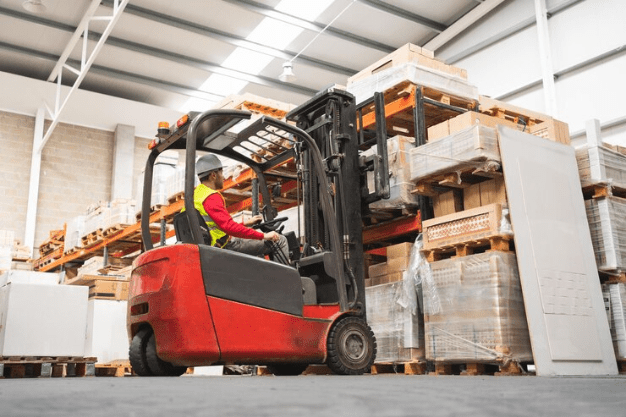
Before we start the decision-making process, let’s define a forklift with tracks. Similar to a bulldozer, a forklift is a specific type of forklift that features steel or rubber tracks running constantly in place of wheels.
The design of these forklifts enables enhanced stability and operational control since they specialize in rugged terrains.
Manufacturers build these machines to operate under conditions that harden the performance capabilities of common forklifts throughout muddy, snowy, rocky, and uneven terrains.
Forklifts make up an excellent choice for forestry operations as well as construction work and outdoor material storage needs.
Why Forklifts with Tracks are Ideal for Challenging Terrain
Tracked forklifts are a better option when working on uneven surfaces, like those found in outdoor warehouses, farms, and construction sites, and in situations where other models would not perform as well.
- Enhanced Traction: The tracks more evenly distribute the forklift’s weight over the ground, preventing it from sinking into soft terrain.
- Stability on Slopes: Compared to normal wheels, tracks give substantially greater stability on sloping terrain.
- Less Ground Damage: Tracked forklifts put less strain on the ground, protecting your working surface, in contrast to wheeled forklifts, which can leave ruts or harm soft ground.
Key Benefits of Forklifts with Tracks
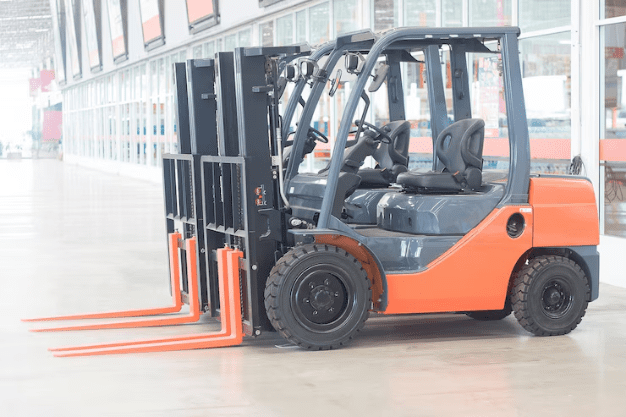
Let’s explore the particular advantages that forklifts with tracks provide now that we understand what they are and why they work well on difficult terrain:
- The stability of heavy forklifts creates better operating safety conditions since operators experience fewer accidents as well as improved security on uneven surfaces.
- Construction sites and agricultural fields benefit from forklifts with tracks since these machines can accommodate massive heavy objects that need handling.
- The weight distribution across tracks allows a reduced pressure on the ground that protects fragile or soft terrains from harm.
- Forklifts equipped with tracks enable better maneuvering abilities through restricted areas or challenging terrain surfaces.
- The combination of tracks in forklifts yields longer-lasting equipment compared to wheeled forklifts. The tracks spread equipment wear thus extending its operational life span.
How to Choose the Right Forklift with Tracks for Your Operations
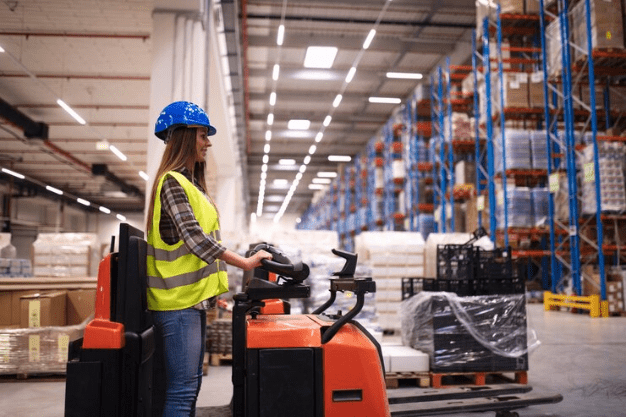
There are several important factors to take into account when selecting the best forklift with tracks, including the terrain, the weights you plan to move, your navigational abilities, and even the forklift’s maintenance requirements.
Consider Your Environment
Understanding your environment can help you select the best track-equipped forklift for your activities; if the terrain is uneven or soft, look for a forklift to handle those specific requirements.
Load Capacity
Forklifts with tracks are not all created equal in terms of weight capacity. Verify that the forklift you choose can safely handle the weight of the items you plan to transfer.
Maneuverability
Another factor to consider is how easily the forklift can maneuver through confined locations. Certain track-equipped forklifts are more compact, making them ideal for tight spaces like corners or aisles.
Maintenance and Durability
Maintenance is essential for any heavy gear, and forklifts with tracks need to be inspected frequently to ensure they are in excellent shape.
Budget Considerations
Tracked forklifts are often more expensive than standard forklifts. However, the expenditure frequently pays off when you take into account the long-term advantages of improved stability, heightened safety, and reduced ground damage.
Common Mistakes to Avoid When Choosing a Forklift with Tracks
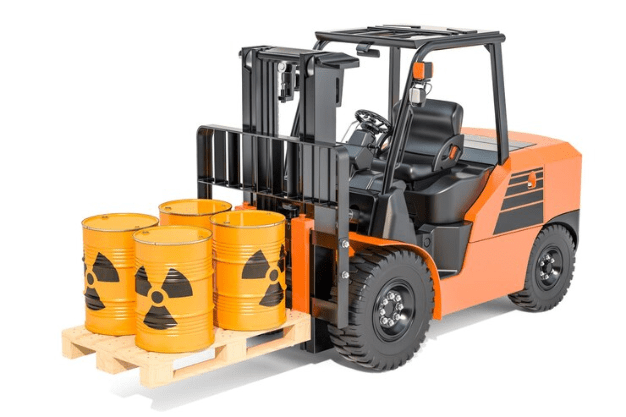
Selecting a forklift with tracks requires careful thought. The following are common mistakes to avoid:
- Overestimating Load Capacity: It is potentially unwise and financially incorrect to buy a forklift with more capacity than required for your operations. Whenever selecting this machine ensure it matches your operational loading requirements.
- Ignoring Maintenance Requirements: Track-equipped forklifts might call for additional upkeep duties relative to their design. failure to prepare for increased maintenance responsibility can create both operational breakdowns and unneeded repair expenses.
- Ignoring Terrain Specifics: To use a forklift across multiple types of terrain ensure that it has versatility features. Every tracked forklift has unique features regarding terrain adaptability.
Cost vs. Value: Is a Forklift with Tracks Worth the Investment?
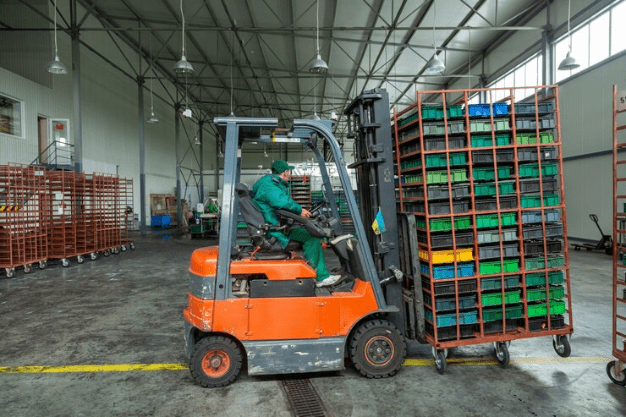
A forklift with tracks may initially cost more than a conventional forklift, but the benefits it offers to your business may exceed the cost. This is the reason:
- The tracked forklift has an impressive lifespan because of its sturdy construction. Long-term usage of the tracked forklift will lead to both fewer maintenance requirements and reduced repair costs.
- The used forklift for sale enables users to transport heavy loads both quickly and efficiently thus improving operational efficiency and output.
- Long-term business cost savings will emerge because machines with enhanced stability reduce the chances of accidents.
When determining if a forklift with tracks is the best option for your company, take the entire cost of ownership into account.
Conclusion
Understanding your specific needs as well as the space where the forklift will be used is crucial when choosing a forklift with tracks for your industrial business.
By considering factors like topography, load capacity, mobility, and maintenance requirements, you can make an informed decision that increases productivity and efficiency.
Selecting the perfect forklift from PRG Forklifts may significantly affect your bottom line, so carefully consider your alternatives on our website and make your decision.
FAQ’s
- What makes a forklift with tracks different from a regular forklift?
Ans: Compared to a standard wheeled forklift, a forklift with tracks provides more stability on uneven or rocky surfaces.
- Can a forklift with tracks be used on both indoor and outdoor surfaces?
Ans: Yes, especially in harsh conditions, forklifts with tracks may be utilized on both interior and outdoor surfaces.
- How do I know if I need a forklift with tracks for my operation?
Ans: A forklift with tracks would be a suitable option if your work involves soft ground or uneven terrain.
- Are forklifts with tracks more expensive to maintain?
Ans: Although forklifts with tracks may need more upkeep, the expense is frequently offset by their longevity.
- What’s the average lifespan of a forklift with tracks?
Ans: A forklift with tracks may last eight to twelve years if properly maintained.
